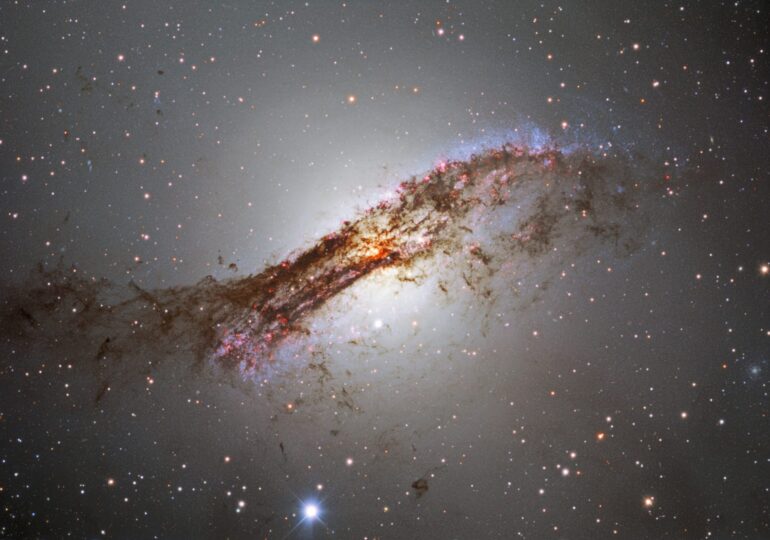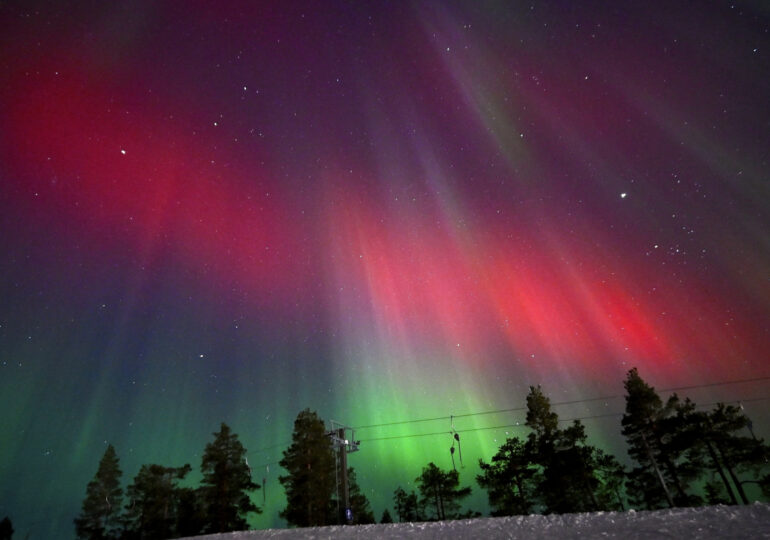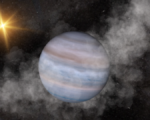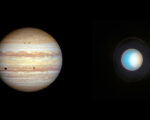How to Witness August’s Rare Super Blue Moon
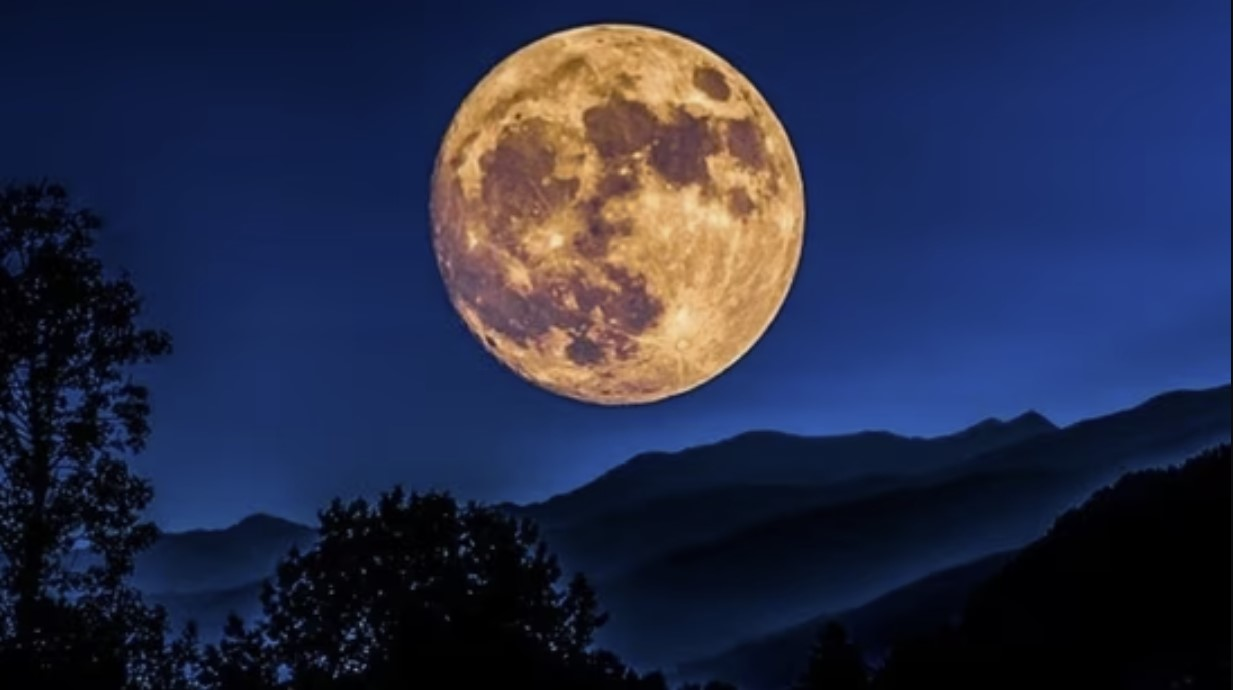
August 2024 has proven to be a thrilling month for astronomy enthusiasts. Following the peak of the Perseid meteor shower, the month brings another celestial event—a rare super blue moon. This unique lunar phenomenon, a combination of a supermoon and a blue moon, will reach its peak on August 19 at 2:26 p.m. ET.
Supermoons are already an extraordinary sight, as they appear significantly larger and brighter than regular full moons due to their proximity to Earth. The moon’s elliptical orbit means that at certain times it is closer to Earth, at a point known as perigee, which averages about 226,000 miles (363,300 kilometers) from our planet. When a full moon occurs within 90% of this perigee, it is classified as a supermoon. As a result, the moon can appear up to 14% larger and 30% brighter than when it is at its farthest point, or apogee, about 251,000 miles (405,500 kilometers) away.
This August’s super blue moon is particularly special because blue moons themselves are quite rare. A blue moon can be defined in two ways: a monthly blue moon, which is the second full moon in a calendar month, or a seasonal blue moon, which is the third full moon in a season that has four full moons. This particular blue moon is of the seasonal variety. Despite its name, a blue moon doesn’t actually appear blue unless there’s a lunar eclipse, which can give the moon a reddish or bluish tint depending on atmospheric conditions.
Observing the super blue moon is easy and does not require any special equipment. The moon will be visible to the naked eye and can be seen from virtually anywhere, provided the skies are clear. It will rise in the evening and remain visible until just before sunrise. The best viewing conditions are during a clear night without cloud cover. If clouds do obstruct the view on the peak night, the supermoon will still be visible for a couple of days before and after its peak, offering multiple opportunities to catch a glimpse.
In addition to the supermoon, sky-watchers can look out for Jupiter and Mars, which are expected to be visible near the moon. These planets were recently in close conjunction, meaning they appeared very close together in the sky, and they will still be relatively close during the supermoon.
For those looking ahead, 2024 has more celestial events in store. The remaining supermoons of the year are scheduled for September 18, October 17, and November 15. The September supermoon will also feature a partial lunar eclipse, where part of the Earth’s shadow will cover the moon. However, the October supermoon will be the largest of the year, with the moon being just 62 miles closer to Earth than during the August event.
This rare super blue moon offers a perfect reason to step outside and enjoy the beauty of the night sky. Whether you’re a seasoned astronomer or just enjoy the occasional stargazing, this event is sure to be a memorable one.



